Description
CSA463AE HIEE400103R0001 Использование параметров ABB
Швейцария, и входит в десятку крупнейших швейцарских транснациональных корпораций.CSA463AE HIEE400103R0001
химическая, нефтехимическая, фармацевтическая, целлюлозно – бумажная, нефтепереработка; Оборудование приборов: электронные приборы, телевизоры и оборудование для передачи данных,
генераторы, гидротехнические сооружения; Каналы связи: интегрированные системы, системы сбора и распространения;CSA463AE HIEE400103R0001Строительная промышленность: коммерческое и промышленное строительство.
Implementation of communication between ABC industrial robot and PLC based on DeviceNet fieldbus technology
introduction
In modern production systems, industrial robots and PLCs need to communicate and collaborate to complete production tasks. That is, the
industrial robots output signals to the PLC, allowing the PLC to control related equipment to drive the robot”s front-end tools. This article
mainly analyzes the communication problems between ABB industrial robots and PLC based on DeviceNet fieldbus technology.
DeviceNet is a common network communication method in the field of automation. ABB industrial robots establish a network to communicate with
Siemens PLC based on the DeviceNet network.
1Configure DSQC652
There are mainly 5 types of standard I/0 boards commonly used in ABB industrial robots [2]. Except for the different addresses assigned to
them during setup, their configuration methods are basically the same. This article mainly analyzes the ABB standard I/0 board DS0C652, which
mainly builds communication modules based on the DeviceNet network. The DS0C652 board has a distributed I/O module with 16 digital input and 16
digital output interfaces. The board is installed in the ABB industrial robot control cabinet. First, define the specific operation steps of the DS0C652 board,
enter the teach pendant control panel, then enter the configuration menu (Figure 1), select the DeviceNetDevice menu, and add a template to enter Figure 2.
ABB standard I/0 board is hung on the DeviceNet
network, so the address of the module in the network must be set. The jumpers 6 to 12 of terminal x5 are used to determine the address of the module.
The available address range is 10 to 63. Modify the parameters in the template parameters to complete the DS0C652 board settings. Click the drop-down
menu to select the “Use value from template” row, select
“DS0C65224VDCI/0Device”, and then the parameters that need to be set include the address of the I/0 board in the bus.
Figure 1 Configuring DSQC652
2Configure signals and parameters
After completing the DS0C652 board setting, the I/0 signal setting will be performed. Setting the I/0 signal is the basis for establishing communication with
the PLC. The PLC communicates and transmits data with the ABB industrial robot through the I/0 signal and the DS0C652 board. As shown in Figure 3, in the
signal configuration interface, there are many default I/0 points after the system is established. Modification is not allowed. Click “Add” to add signals. When setting
input and output signals, their address range is 0~15. First, enter the signal menu in the configuration options to set the input and output types, and modify the corresponding parameters.
After completing the settings, the computer prompts that you need to restart the settings. If there are multiple signals that need to be defined and the waiting time
is long after restarting multiple times, you can click “Cancel” and wait for all signals to be defined before clicking the “Yes” button to restart. After the signal settings are
completed, click to select “Input and Output” in the ABB menu to check whether all signals have been set.
Figure 2 Configure DSQC652 parameters
Figure 3 Signal parameter settings
During the signal establishment process, attention should be paid to the DSoC652 port and PLC port addresses used, and the corresponding address table should be
established, as shown in Table 1. The robot interacts with the PLC through I/O signals. During the setting process, there must be no errors in the port and address number
of the PLC connected to the DSoC652. If the address is set incorrectly, the communication between the robot and the PLC will not work properly.
The entire robot teaching pendant setting process is shown in Figure 4.
140DRC83000 Spare parts of the control module
140DDO84300 analog input card
140DDI85300 SCHNEIDER Digital quantity module
140DDI84100 SCHNEIDER Channel digital input
140DDI35310 SCHNEIDER Channel analog input
140DDI35300 SCHNEIDER driver module
140DDI35300 SCHNEIDER PLC- Supply module
140DAO84210 SCHNEIDER Input output module
140DAI55300 SCHNEIDER analog input/output module
140DAO84000 Main communication module
140DAI54000 SCHNEIDER Main board
140CRP81100 SCHNEIDER Driver module
140CRA93100 SCHNEIDER Analog input output
140CRA21210 SCHNEIDER Programmable control system
140CRA31200 SCHNEIDER CPU board
ILB BT ADIO 2/2/16/16 PHOENIX Wireless module
MTL 8220-DI-IS Input module
140SAI94000S Schneider Analog input board
NAIO-03F ABB I/O expansion module
XVS-440-10MPI-1-10 EATON Man machine interface
FC-SDIL-1608 HONEYWELL Signal receiving board
VM600 IOC16T Vibro-meter System board card
VM600 IOC4T Input control panel Vibro-meter
A4H254-8F8T P0973JP ENTERASYS Switch supply
216NG61A HESG441633R1 ABB Servo drive module
RS-FS-9001 GE Fire detection processor
CI860K01 3BSE032444R1 ABB Input output module
Allen Bradley Drives 1336-BDB-SP46D 1336 PCB Boards
Allen-Bradley 1336-BDB-SP39D PCB Boards
ALLEN BRADLEY 1336-BDB-SP34C Printed circuit board
1336-BDB-SP5D A-B PCB Gate Drive Board
Allen-Bradley 1336-BDB-SP43D Gate Drive Board
ALLEN BRADLEY 1336-BDB-SP74C DRIVE GATE POWER BOARD
1336-BDB-SP63D A-B PCB Gate Drive Board
1336-BDB-SP45D A-B PCB Gate Drive Board
1336-BDB-SP45D Gate Driver PC Board
1336-BDB-SP56C Allen-Bradley 1336 PCB Boards
A-B 1336-BDB-SP17D PCB Gate Driver Board
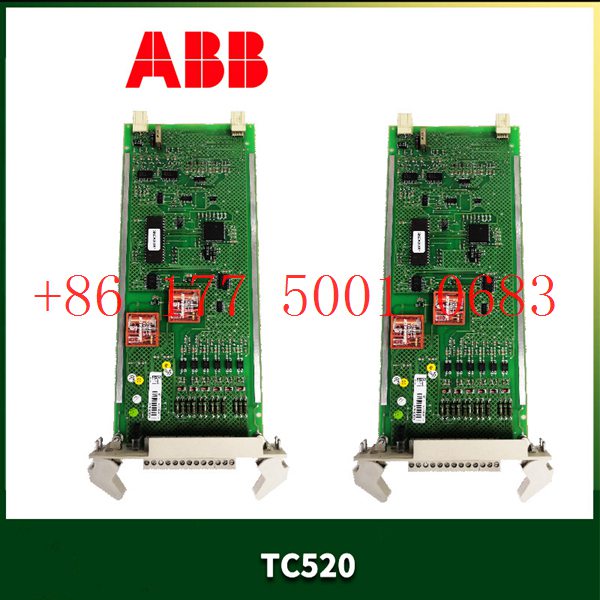
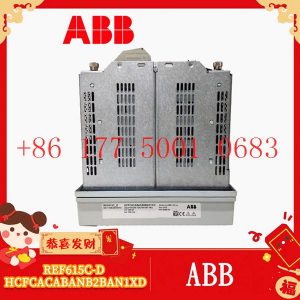
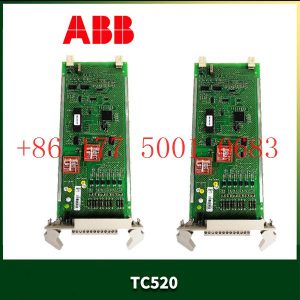
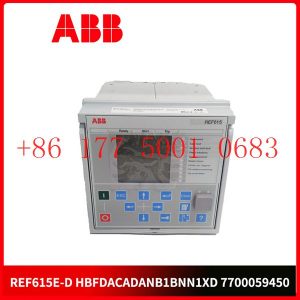
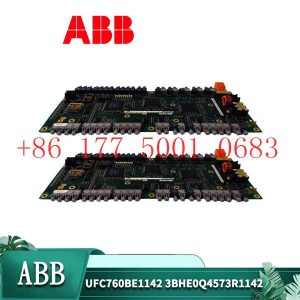
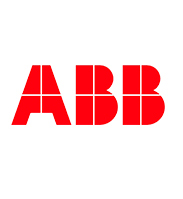



Reviews
There are no reviews yet.